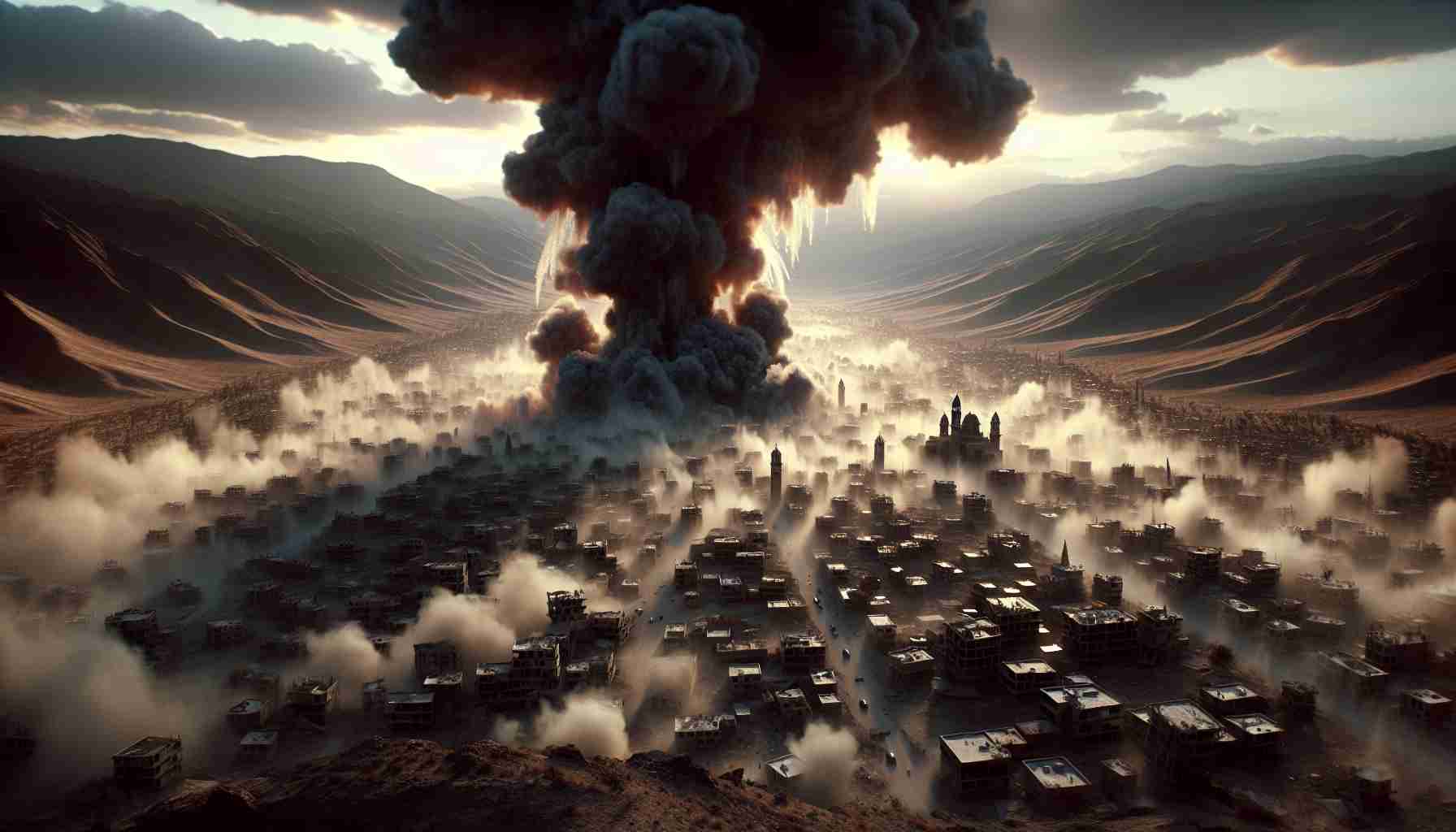Recent airstrikes by the Israeli military have marked a significant escalation in the ongoing conflict, with attacks reaching the northern regions of Lebanon early Saturday morning. Serving as a historical first, these strikes targeted a Palestinian refugee camp in Beddawi, located near the port city of Tripoli. This offensive resulted in the deaths of a senior Hamas leader along with his family members, highlighting the intensifying military operations.
As the situation unfolds, Israeli authorities have leveled accusations against Hezbollah, asserting that the militia is utilizing civilian infrastructures such as mosques and hospitals for military purposes. In a statement released amidst the chaos, Hamas confirmed the death of their armed group’s chief in a retaliatory strike.
The barrage of airstrikes has prompted mass evacuations in the southern suburbs of Beirut, echoing strategies seen during past conflicts, such as the war in 2006. Many civilians have sought refuge in government-designated shelters or, facing overcrowding, have been left to endure the elements outside.
Casualties have been significant, with reports estimating over 2,000 lives lost, including many women and children, further compounding the humanitarian crisis. Tensions continue to escalate as both sides engage in retaliatory actions, with Hezbollah launching rockets at Israeli military bases, demonstrating the volatile nature of the region’s security landscape.
As the situation remains fluid, international observers are closely monitoring developments amid calls for restraint and the protection of civilian lives.
The escalation of conflict in the region has drawn attention not only to Lebanon but also to the broader implications for stability across the Middle East. As Israeli airstrikes extend to northern Lebanon, the ramifications are expected to resonate well beyond the borders of these countries.
One critical aspect of the ongoing conflict is the involvement of various regional players. Key questions arise regarding the role of Iran, which supports Hezbollah, and its potential actions in response to the escalating violence. Additionally, how might international powers like the United States and Russia intervene in the situation, given their vested interests in the region?
Casualties from the bombings in Lebanon and Israel are increasing daily, with ongoing reports suggesting that the death toll may exceed initial estimates. This raises crucial questions about the humanitarian dimension of the conflict: How will aid organizations mobilize to provide assistance to those affected? Will there be sufficient access for humanitarian aid amid the bombings and military operations?
There are several key challenges associated with the current situation:
1. Escalating Military Actions: Both Israeli forces and Hezbollah are engaging in military posturing, with a significant risk of further escalation.
2. Civilian Casualties: The bombing campaign has disproportionately affected civilians, leading to intense debates regarding the protection of human rights amidst warfare.
3. Infrastructure Damage: The continued bombardment is devastating critical infrastructure in Lebanon, complicating recovery efforts long after fighting ceases.
Some controversies regarding the conflict include:
– Targeting Practices: Israel’s choice of targets, including camps that house refugees, raises moral and legal questions about military engagement in populated areas.
– Use of Civilian Infrastructure: Accusations of Hezbollah using civilian locations for military purposes spark debates over the ethics of warfare and the obligations of all involved parties to protect non-combatants.
Advantages and disadvantages of the ongoing military strategies can also be assessed:
– Advantages: For Israel, extending military operations may present a method to retaliate against perceived threats from Hamas and Hezbollah, potentially deterring future attacks.
– Disadvantages: However, such actions can also solidify anti-Israeli sentiment, rallying support for militant groups and destabilizing the region further.
The international community faces significant pressure to mediate between the conflicting parties to restore peace. However, mistrust among involved parties complicates diplomatic efforts. What will it take for effective dialogue to occur?
Looking ahead, the focus remains on the protection of civilians and the urgent need for a ceasefire. With each passing day, the risk of regional destabilization grows, emphasizing the critical nature of addressing the underlying issues driving the conflict.
For more information, you can visit the United Nations which provides updates on international responses to the crisis.










